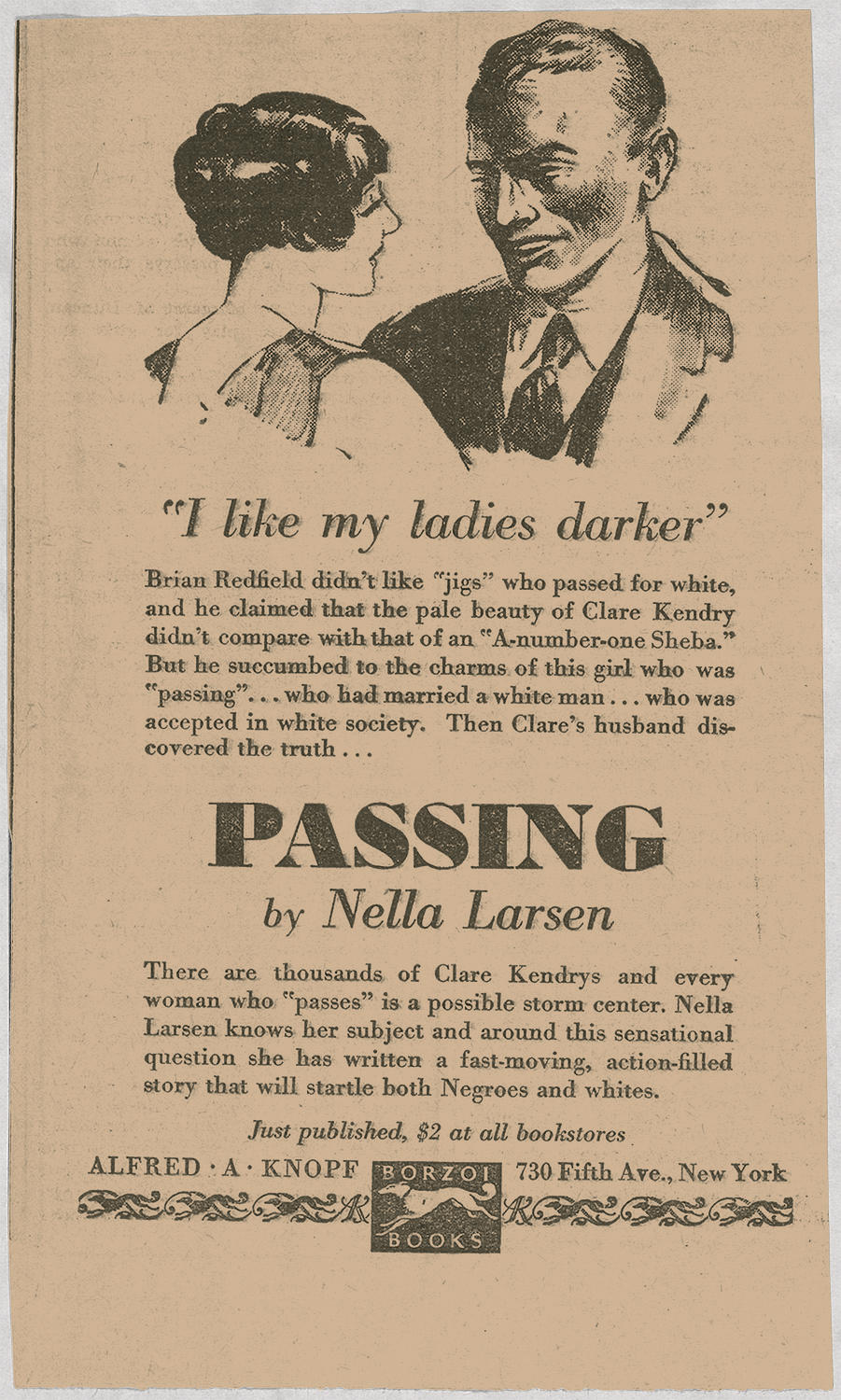We Are all Mutants: Uncovering humanity’s vast diversity
The Chronicle Review
The Chronicle of Higher Education
2014-03-24
Paul Voosen, Senior Reporter
On the hunt for disease genes, researchers uncover humanity’s vast diversity
The first people to set foot on Barbados, a wind-battered eastern spur of the Caribbean’s Lesser Antilles, came from the south, and relatively recently, no more than 1,700 years ago. Little remains of them: enough to know they were skilled farmers from the Orinoco Basin, in modern Venezuela. And like those of all humanity, their journey had started far earlier, when their ancestors, tens of thousands of years before, ventured out of Africa, across Asia, and into the Americas.
More people rolled in: The Lokano, clustered in scattered villages, hauling whelk and conch from the sea; and, in the 13th century, the Kalinagos, slipping on to the horizon in 50-foot-long dugout canoes. The Kalinagos reigned until the conquistadors. Hounded by European slavers, they fled windward to better defenses. By 1536, a Portuguese explorer could report Barbados as “uninhabited.”
It didn’t last. The English landed a century later and soon began importing slaves, ripped from their Ga, Igbo, and Ashanti communities in West Africa. By 1700, some 134,500 Africans lived in Barbados, in bondage; soon enough, 90 percent of Barbados’s population could claim African heritage, a percentage that holds true today.
A couple of decades ago, there was one more arrival: Kathleen C. Barnes, a graduate student and biological anthropologist from the University of Florida, who one day in 1991 walked into the emergency room of Barbados’s main hospital, the Queen Elizabeth. Throughout its human history, the island had had its share of plagues and troubles. Now Barnes was there to study a modern, quiet epidemic.
In a dedicated bay, child after child sat listless, worried mothers by their sides. The children were masked, inhaling medication for their wheezing, swollen airways. The machines hissed. Nearly one-fifth of Barbadians had asthma, far above the global average. Barnes wanted to find out why.
A native of a Virginia tobacco town known for housing the “Last Capitol of the Confederacy,” Barnes, who is white, grew up a witness to the civil-rights movement; in second grade, her school was forcibly desegregated. Trained initially as a nurse, she was troubled by the health disparities she saw in the United States. For example, African-Americans suffered from asthma far more than white populations did. There were many possible socioeconomic reasons. But Barnes thought it was mostly about pests.
Past research had tied some of the asthma rate in African-Americans to dust mites and cockroach feces, exposures that are more likely in poor communities. Barnes saw many similarities between African-Americans and the Afro-Caribbeans of Barbados, with one important caveat: Unlike residents of Baltimore, where she would go to work for decades as a professor at the Johns Hopkins University, the Barbadians had only just begun to live in homes conducive to household pests. A natural experiment had begun.
Barnes lived in Barbados for a year, running a lab across the street from the Queen Elizabeth, visiting homes to gauge their exposures. At the time, many Barbadians lived in chattel houses, movable wooden homes to which many residents had added bit by bit, enclosing them in concrete structures, with indoor plumbing. Dust mites loved the enclosed homes: Some of the levels Barnes measured were the highest ever recorded, she says. Surely that had to explain some of the asthma rate.
It probably did, as did other factors in a rapidly modernizing country: shifting diet and microbiome, rising obesity, wealth—the type of influences that are often lumped together as “environment.” But controlling for those, Barnes saw that a disparity still remained between people descended directly from Africa and those who came through Europe. Something more fundamental was at play, she realized. Something that would shape the next 20 years of her work.
“It seemed like the missing piece,” she said, “was understanding the genetic basis for these complex diseases.”…
…Let’s stop here to note: If you took any section of a person’s DNA and compared it with a stranger’s, no matter their ethnic background, odds are high they’d be identical. This is not platitude: These odds guide large-scale genome sequencing. They are fundamental. Humanity is deeply shared. It just happened that when it comes to asthma, for this one gene variant, people of European and African descent are distinct. At some point, after they diverged in ancient times, a mutation had taken hold. It wasn’t about race. It was about contingency. History.
“One thing we can’t do is use race as a proxy,” says Carlos D. Bustamante, a genetics professor at Stanford University and a Barnes collaborator. “It’s a very blunt tool. But we also can’t say there are no genetic differences across populations. Because it’s just not true.”…
Read the entire article here.


